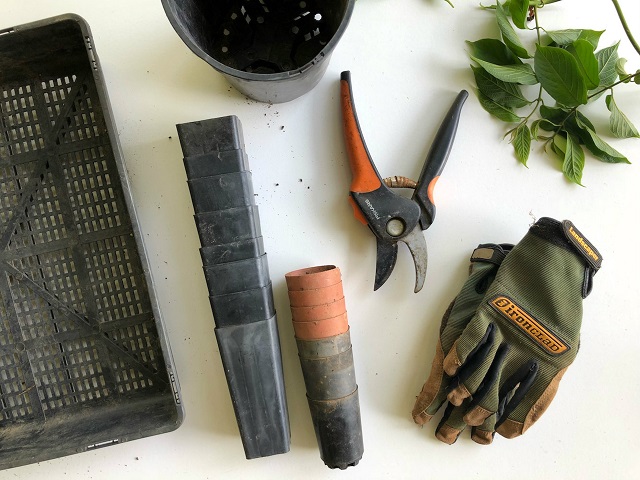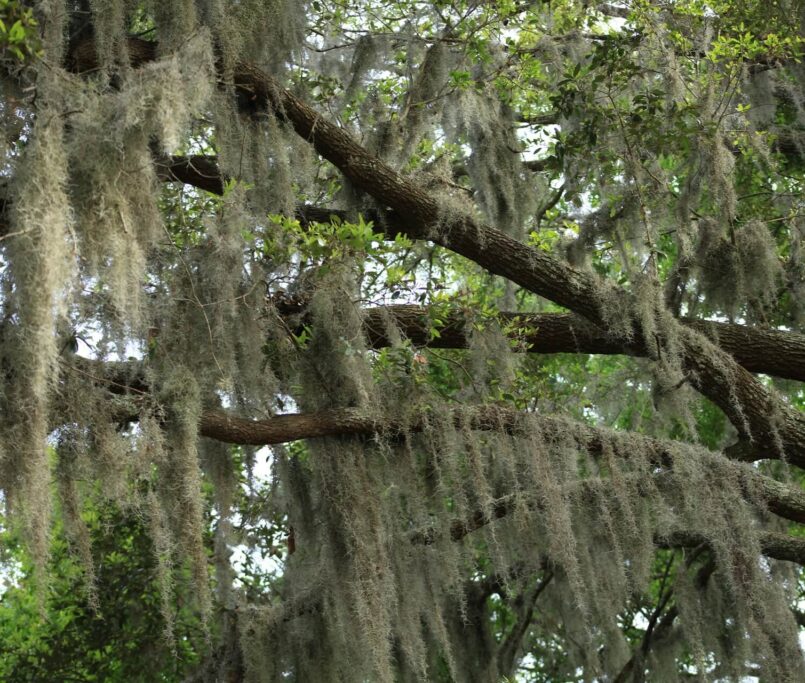Rental Property Landscaping Dos and Don’ts
Rental Property Landscaping Dos and Don’ts
First impressions matter! The way your rental property looks on the outside can have an impact on how quickly or slowly you can fill your vacant rental units.
A beautiful exterior appearance can provide a look that’s fresh and inviting. As you probably know, the more desirable your property is the easier it will be to get high-quality tenants.
That said, being a landlord typically involves a lot of things. Landlords have to advertise their property, find and screen prospective tenants, handle tenant issues, and more. So sometimes, the absolute last thing on most landlords’ minds is the maintenance of their landscape.
But, savvy landlords understand that having a beautiful yard is crucial for success. It can appeal to quality tenants and boost the property’s value, says Jason McGuire of RE/MAX Infinity. The following are some simple tips to keep in mind when working on the landscape of a property. Here are the dos and don’ts of rental property landscaping.
Rental Property Landscaping Dos
Do #1: Understand the local ordinances.
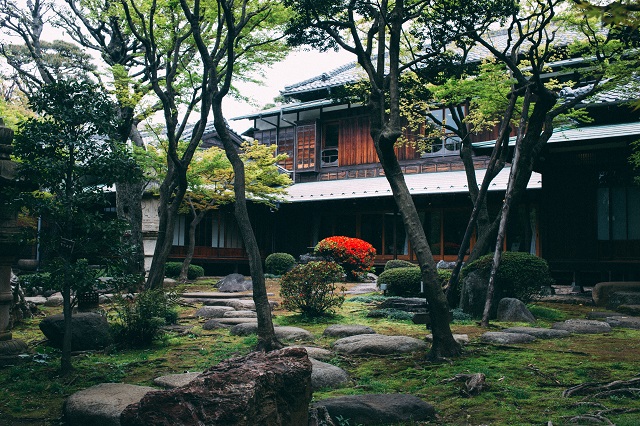
The goal of landscaping ordinances is to help preserve a community’s visual environment. Broadly speaking, there are usually three types of landscaping ordinances:
- Tree ordinances: These typically contain requirements for tree maintenance, replacement, protection, preservation, and conservation.
- Post-construction landscape ordinances: They often require screening of loading zones, trash receptacles, etc.
- Comprehensive landscape ordinances: These are usually in areas that are environmentally-sensitive such as ridgelines or wetlands.
With that in mind, make sure to check up on what restrictions your state or town may have. This is particularly necessary if you are looking to build an outdoor kitchen, a swimming pool, or a patio.
Do #2: Designate a section for pets.
Americans love pets. In fact, about 85 million, or 67% of all American households, own a pet. This is at least according to a survey conducted by APPA.
As such, with so many Americans having pets, it only makes sense to make the landscape pet-friendly. You can simply fence off the area or just mark it using a few pieces of timber.
Once you have designated the area, use pea gravel or sand pebbles to cover that area. Use smaller stones as bigger ones may hurt the paws of your pet.
Designating an area for pets helps make sure that grass and other plants don’t suffer from the effects of pet urine. It also makes cleaning after them much easier.
Do #3: Keep the theme neutral.
Remember, this is a rental property and should appeal to as many different people as possible. If you make it personalized, you risk making it a turn off for some people. This is the last thing you’d want to do.
For this reason, keep the theme neutral. When it comes to landscaping, a neutral theme means sticking with popular accents and plants.
So, if in California, plant natives such as Island alumroot, Bush anemone, or Woolly blue curls; and if in New Hampshire, plant natives like Eastern Red Cedar, American Beech, Quaking Beech, or Common Apple.
Do #4: Look for flora native to the area.
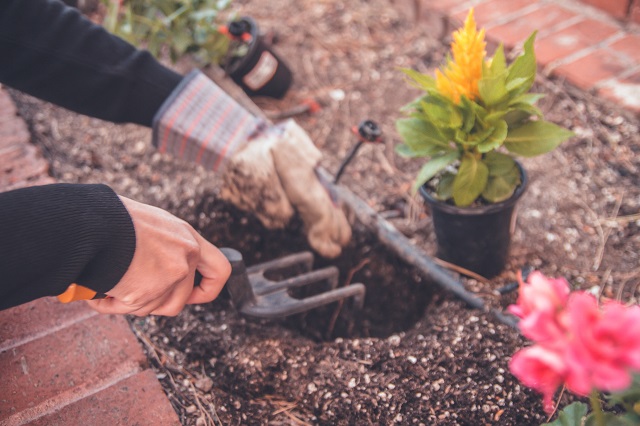
This tip builds on the previous one. Your goal should be to plant local or native shrubs. Not only will this help preserve biodiversity, but it can also keep maintenance costs in check.
With native plants, you do not need supplemental with pesticides, or fertilizers. Native flora is also great at providing habitat for wildlife such as butterflies and birds.
Do #5: Keep it simple.
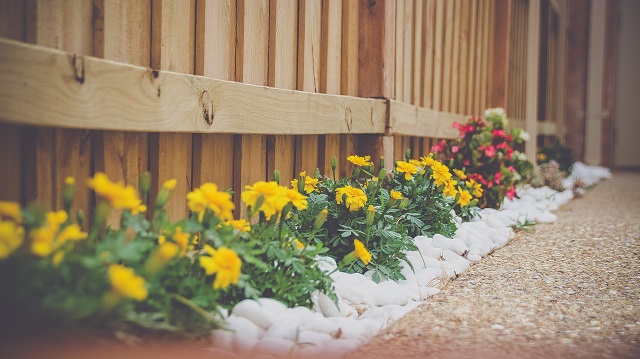
Use eco-friendly landscaping designs. This will be beneficial in various ways, including conserving the environment and providing a stunning yet simple-to-maintain landscape.
So, how exactly will you make the landscape simple and low maintenance? Well, one way to achieve this is to plant ground cover rather than grass. The ground covers require no mowing, watering, or herbicides or pesticides.
The other way is to plant rain gardens. Here, you will need to make use of native, flood-resistant plants as well as utilize loosely packed deep soils.
Rental Property Landscaping Don’ts
Don’t #1: Don’t restrict yourself to just one layout.
Be free to try out different things like structures, colors, or the overall look. But, unlike structures, plants are quite inexpensive to move around or replace.
Don’t #2: Don’t personalize it.
Make sure not to personalize the theme. Being a rental property, the goal is to appeal as many people as possible. This, therefore, means keeping bright colors to a minimum.
Neutral colors include green, silver, gray, black, and white.
Don’t #3: Avoid overdeveloping it.
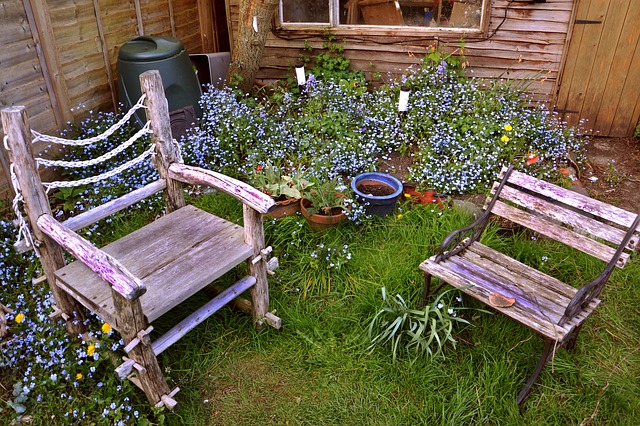
The goal here is quality, not quantity. While landlords love beautiful landscapes, high maintenance ones are sure turn-offs.
Don’t #4: Go slow when it comes to paving.
Avoid over-paving as people usually appreciate some greenery. Furthermore, over-paving can lead to runoff problems which can contribute to flooding issues.
There you have it. What you should and shouldn’t do when landscaping a rental property. Making it eco-friendly and easy-to-maintain should be your ultimate goal.
